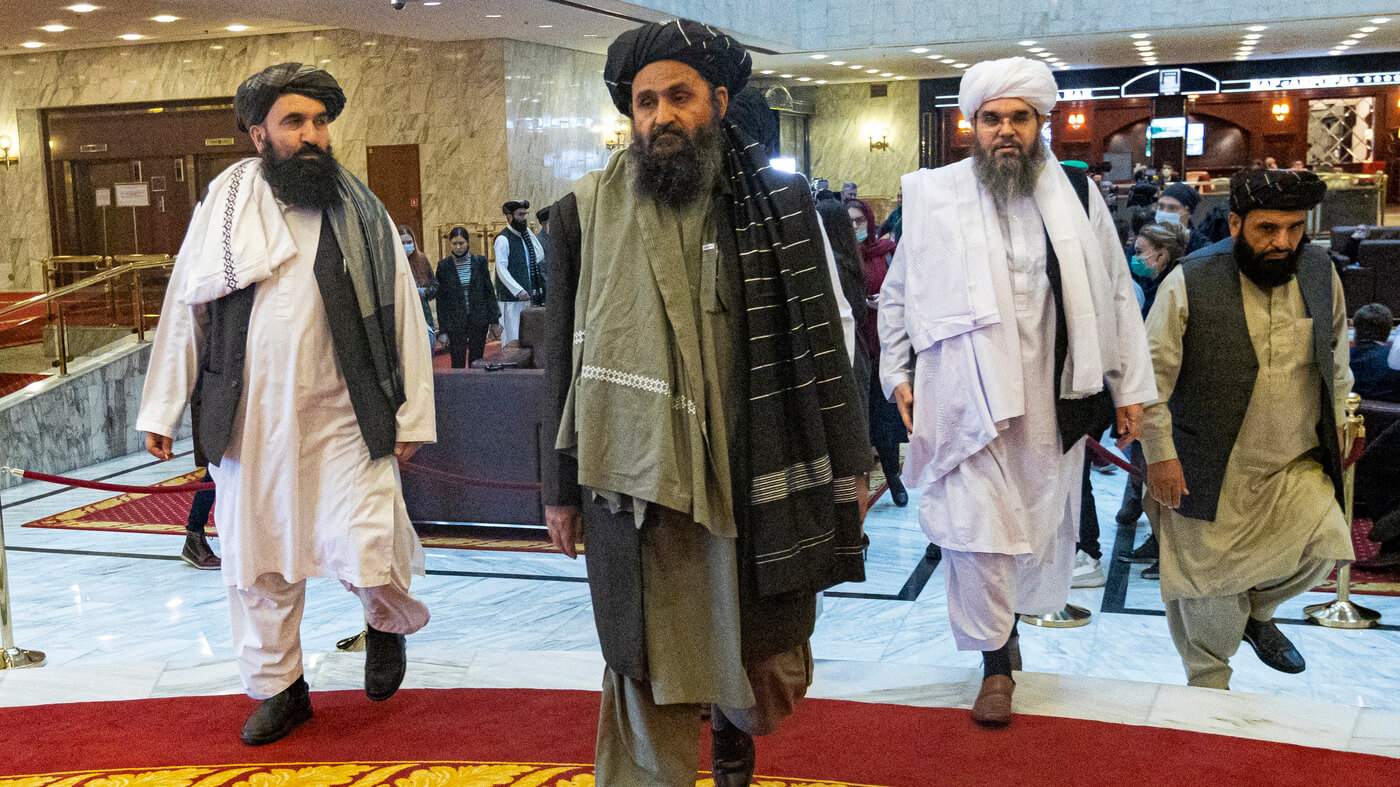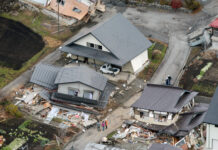
NEW DELHI: Even as China reached out to the hardline Taliban as they formed an interim government in Afghanistan, concerns remain over other terror outfits that may well use the region for carrying out dastardly acts.
Beijing’s main worry is the East Turkestan Islamic Movement (ETIM)– a Uyghur militant group � that has been expanding its network in and around Afghanistan. Until the withdrawal of the US troops from Afghanistan, there was little curiosity over the ETIM. But since the Taliban gained control, this not-so-known terror outfit has come to the fore.
“The United States is a strong country, it has its own strategy, and we see the withdrawal of the American government today from this war in Afghanistan, which is incurring huge economic losses, as a means of confronting China, who are the enemy of all humanity and religions on earth,” Newsweek quoted a spokesperson of the ETIM as saying. “We believe that the opposition of the United States to China will not only benefit the Turkestan Islamic Party and the people of Turkestan,” the spokesperson said, “but also all mankind.”
The warning comes from ETIM despite the Taliban’s assurance to China that terror outfits will not be allowed to use Afghanistan for their activities. Several foreign policy watchers are of the opinion that the Taliban would have little control over the multiple terror outfits that have made Afghanistan their base and ETIM could become a major cause for concern.
Why is ETIM China’s main worry?
According to Al Jazeera, Beijing has been accusing the ETIM for undertaking violent terrorism “causing numerous deaths in the 1990s but there was little evidence to support these claims.” The ETIM in turn has started to showcase the Chinese atrocities against the Uyghurs.
The ETIM has a transnational agenda to target Xinjiang, China, and the China – Pakistan Economic Corridor, as well as Chitral, Pakistan, which poses a threat to China, Pakistan and other regional States, a UN report noted.
The ETIM, according to the report, currently consists of several hundred members, located primarily in Badakhshan and neighbouring Afghan provinces.
What is ETIM?
The militant ETIM, which has ties with other terror outfits such as Al Qaeda, was placed on the UN terror list in 2002. However, in November 2020, the US administration under former President Donald Trump delisted the outfit from the US terrorism designation list, “a move hailed by Uyghur organisations,” as the Observer Research Foundation noted. “China has identified its fight against the Uyghurs as its main terrorism challenge, and it has deployed instruments and state capacity to deal with the same beyond its geography as well,” the ORF study said, adding that more recently, in 2017, ETIM fighters were seen aligning themselves with the so-called Islamic State (ISIS or Daesh in Arabic). The ETIM has been undertaking terror attacks on the Chinese from time to time.
Existing terror outfits in Afghanistan
The UN report has also revealed that about 8,000 to 10,000 foreign terror fighters have made Afghanistan their base. These fighters have come from Central Asia, the north Caucasus region of the Russian Federation, Pakistan and the Xinjiang Uighur Autonomous Region of China, among others.
Not just that. Taliban too do not present a homogenous face. “There are several factions within the Taliban and now with the formation of the government, one could expect infighting among these factions to intensify,” an analyst told India Narrative. The Taliban interim government will be headed under UN blacklisted Mullah Mohammad Hassan Akhund with the backing of Pakistan’s Inter-Services Intelligence (ISI). Cracks within the Taliban are visible initially Taliban co-founder Mullah Abdul Ghani Baradar was slated to head the government.
However, Baradar has been �demoted’ and has now been made the deputy leader. Analysts opine that the situation in Afghanistan is likely to worsen in the immediate future.






